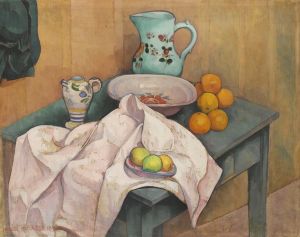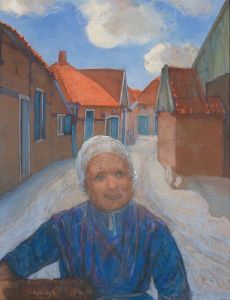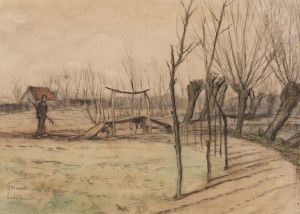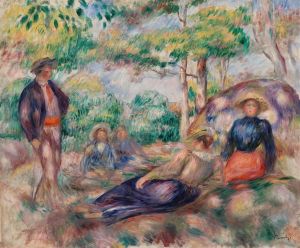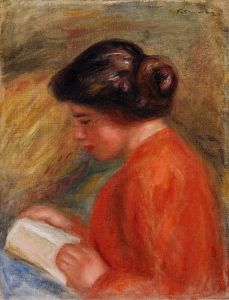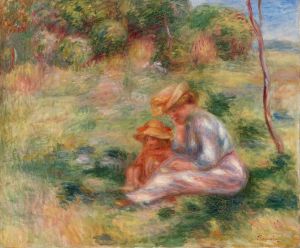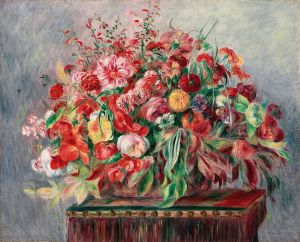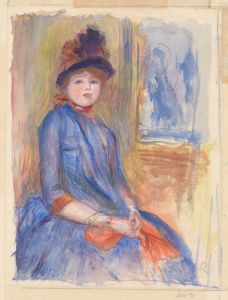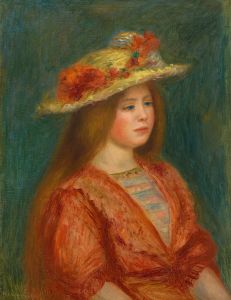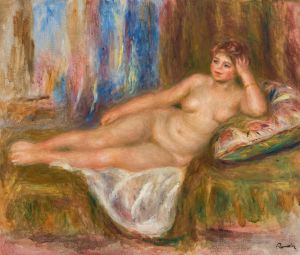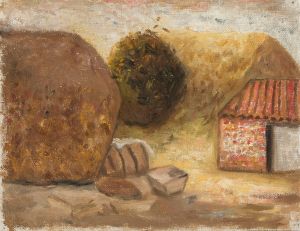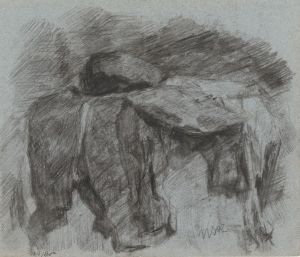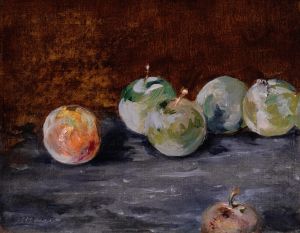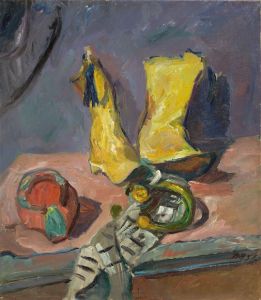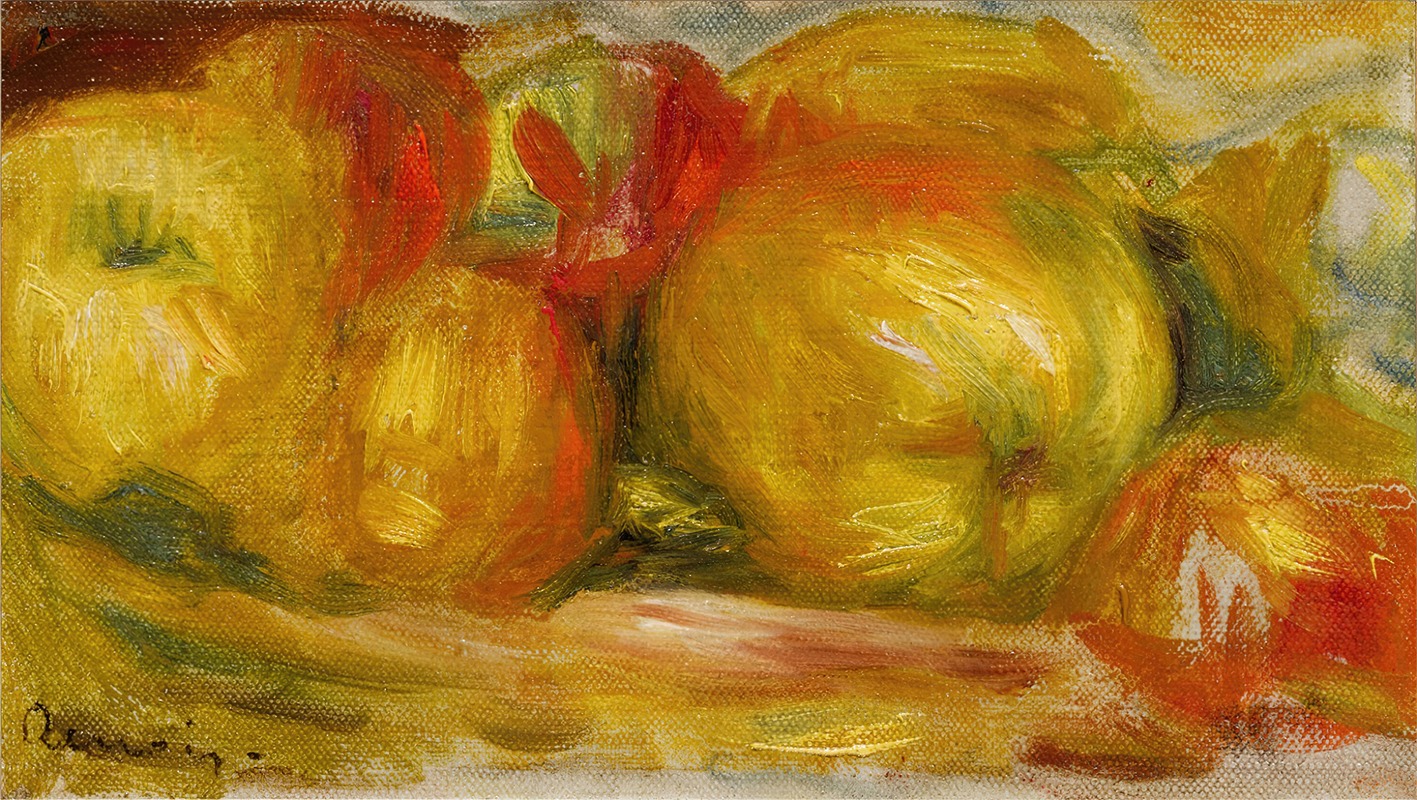
Petite nature morte
A hand-painted replica of Pierre-Auguste Renoir’s masterpiece Petite nature morte, meticulously crafted by professional artists to capture the true essence of the original. Each piece is created with museum-quality canvas and rare mineral pigments, carefully painted by experienced artists with delicate brushstrokes and rich, layered colors to perfectly recreate the texture of the original artwork. Unlike machine-printed reproductions, this hand-painted version brings the painting to life, infused with the artist’s emotions and skill in every stroke. Whether for personal collection or home decoration, it instantly elevates the artistic atmosphere of any space.
"Petite nature morte" (Small Still Life) is a painting by the renowned French artist Pierre-Auguste Renoir. Renoir, a leading figure in the Impressionist movement, is celebrated for his vibrant light and saturated color, which he used to capture the beauty of everyday life. "Petite nature morte" exemplifies his skill in still life painting, a genre that allowed him to explore the interplay of light, color, and texture on a smaller, more intimate scale.
Renoir was born on February 25, 1841, in Limoges, France, and he began his artistic career as an apprentice to a porcelain painter. His early experiences with decorative arts influenced his later work, imbuing it with a sense of craftsmanship and attention to detail. By the 1860s, Renoir had enrolled in the École des Beaux-Arts in Paris and was frequenting the studio of Charles Gleyre, where he met future Impressionist colleagues such as Claude Monet, Alfred Sisley, and Frédéric Bazille.
The exact date of "Petite nature morte" is not definitively known, but it is believed to have been painted during the 1870s or 1880s, a period when Renoir was deeply involved with the Impressionist movement. This era was marked by a focus on capturing the effects of light and atmosphere, often through plein air (outdoor) painting. However, still life compositions like "Petite nature morte" allowed Renoir to experiment with these principles in a controlled indoor setting.
In "Petite nature morte," Renoir employs a delicate yet vibrant palette, characteristic of his style. The painting likely features a modest arrangement of everyday objects, such as fruit, flowers, or household items, rendered with a soft, almost tactile quality. Renoir's brushwork in his still lifes is typically loose and fluid, creating a sense of immediacy and spontaneity. The interplay of light and shadow in the composition would have been carefully considered to enhance the three-dimensionality of the objects and to create a harmonious balance within the scene.
Renoir's still lifes, including "Petite nature morte," are celebrated for their ability to transform ordinary subjects into works of beauty and contemplation. They reflect his broader artistic philosophy, which emphasized the joy and sensuality of life. Unlike some of his contemporaries who often depicted the harsher realities of modern existence, Renoir's work is imbued with a sense of optimism and delight.
Throughout his career, Renoir continued to explore various genres, including portraiture, landscapes, and nudes, but his still lifes remain an important aspect of his oeuvre. They offer insight into his technical prowess and his ability to infuse even the simplest subjects with a sense of grace and elegance.
Pierre-Auguste Renoir passed away on December 3, 1919, in Cagnes-sur-Mer, France, leaving behind a rich legacy that continues to influence and inspire artists and art lovers around the world. "Petite nature morte" stands as a testament to his mastery of still life painting and his enduring contribution to the Impressionist movement.





